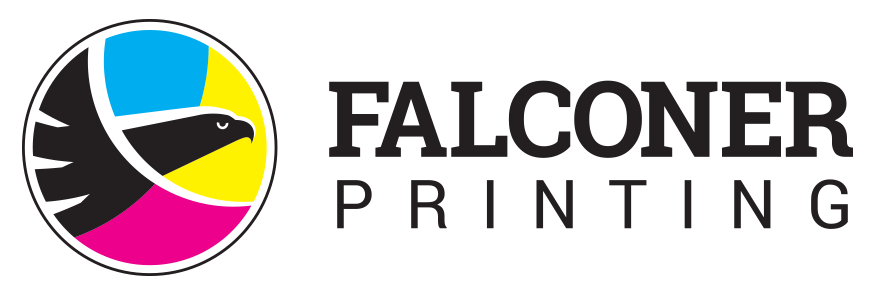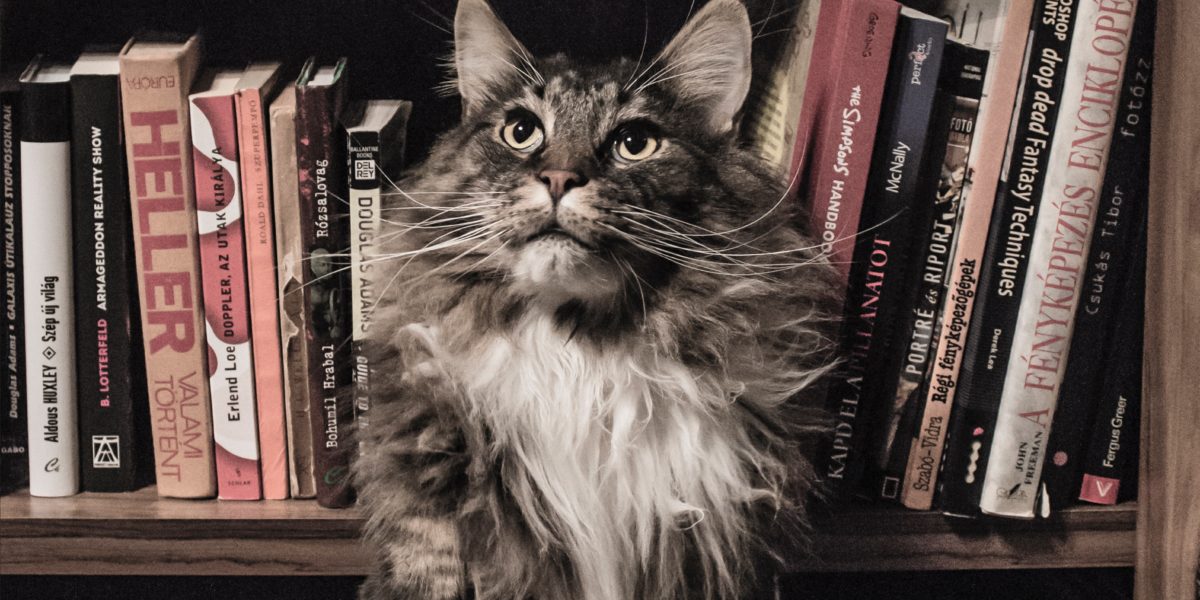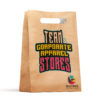There’s more than one way to skin a cat, and just as many ways to bind your project.
Before we get too far along, we don’t condone skinning cats at all, as we’re fond of many four-legged critters (not all – see this). The 19th Century phrase, however, is one that aptly applies to choosing print binding. In its original, 1830’s form: “There are more ways to kill a cat than choking it with cream,” (learn more here), the phrase simply (and horribly) implies that you don’t always have to go out of your way to do something effectively.
The same can be said about binding. From a simple paperclip to a foil-stamped, embossed leather cover, keeping wraps on your print piece can take on many shapes. They can also take on many prices. We figured we’d take some time here to summarize a handful of the more common practices available today – all of which we have at our disposal at Falconer Printing (see: how to identify a humblebrag). In full disclosure, we’ve found the incredibly well-developed information below, courtesy of DesignersInsights.com. Their article can be found here.
Anatomy of a Binding
Not every printed piece has a nice, heavy-weight hardcover, equipped with a cloth or leather covering and end sheets. When they do, many options are available with heavier, deeper embosses and stamping, but with smaller, single-signature pieces, making something look great can be pretty easy. Quite often, you’ll be dealing with the same handful of options, all of which can .


Saddle Stitching
Probably the most common and economical binding method. Created by punching wire through the document’s outside spine, then bending the wire flat on the inside centre fold to grip all the pages. It may provide a similar look, but is not the same as stapling.

Sewn Binding
Similar to saddle stitching, but uses thread instead of wire. Thread is stitched along the entire spine. As more pages are added it begins to closely resemble case binding, but without the hardcover.

Spiral Binding
Utilizes a smooth round coil to hold pages together. Allows book to lie flat when open or pages can be turned all the way around to the back if desired.Wire is threaded through punched holes and then Ends are crimped to prevent wire slipping off. Spirals or coils are available in variety of colours.

Wire-O Binding
Highly popular Wire-O option uses formed wire that threads through punched holes. This allows books to lay flat when open. Wire loops are available in variety of colours to coordinate with cover colour. A durable option for a wide variety of project types.

Perfect Binding
Sections of folded pages (signatures) have their spines trimmed off and roughed up to improve bonding with glue. All sections are collated and glued to its wrap-around cover.Cover is always scored on back and front, for ease of opening and less stress on spine.

Hard Cover Binding
Standard binding used for hardcover books. Several different types to choose from, but typically involves inside pages being sewn together in sections. These are then glued to end papers which are glued to cover’s spine.
Signatures
A signature is a group of pages that are printed on both sides of a sheet of paper.  The paper is then folded, cut and trimmed down to the finished page size. The number of pages on a signature depends on your page size and the size of the press sheet they fit on.
The paper is then folded, cut and trimmed down to the finished page size. The number of pages on a signature depends on your page size and the size of the press sheet they fit on.
Impositions
Imposition refers to the placement and direction of pages contained in a signature. Some pages may appear upside down or backwards, but once the sheet is folded and cut, the pages will be in their proper position and sequence. It is the printer’s job to set up a signature’s imposition.
Spreads
There are two kinds of spreads in printing: reader spreads and printer spreads. When you open a brochure, page two is opposite from page three. This is a reader’s spread; it’s what the reader sees. If you take the brochure apart, you’ll see that page two is actually connected, through the binding, to another page near the back of the brochure. This is a printer spread; it’s what a printer prints.




